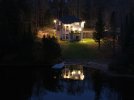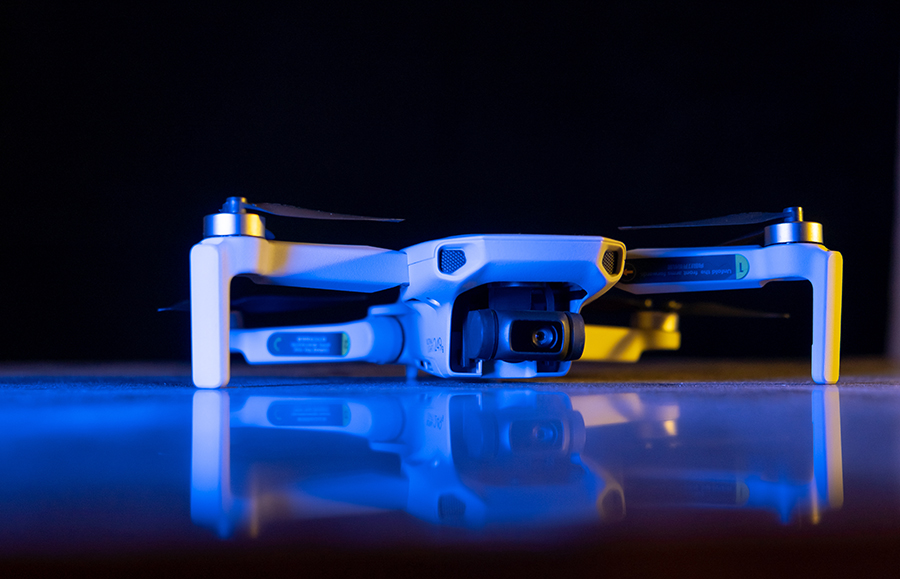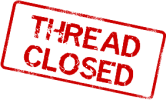- Joined
- Aug 20, 2018
- Messages
- 15
- Reactions
- 3
- Age
- 53
I've come back into flying drones after being out for a while. So I'm trying to make sure I understand all the rules as a hobbyist. One rule that I'm having trouble with is night flying.
As a Hobbyist:
I know I must have a strobe that is visible from 3 SM.
I know that for me and my Mini 4 Pro this will put me over 250 grams
I know that means I must register my drone
I know I will need to get the larger capacity battery so my Remote ID is transmitted
Here comes the part I can't understand. Regardless if you are a recreational pilot or commercial pilot you must maintain VLOS. Per 107 that's defined as the following:
With vision that is unaided by any device other than corrective lenses, the remote pilot in command, the visual observer (if one is used), and the person manipulating the flight control of the small unmanned aircraft system must be able to see the unmanned aircraft throughout the entire flight in order to:
(1) Know the unmanned aircraft's location;
(2) Determine the unmanned aircraft's attitude, altitude, and direction of flight;
(3) Observe the airspace for other air traffic or hazards; and
(4) Determine that the unmanned aircraft does not endanger the life or property of another.
So here's the question. How does someone fly at night and adhere to 107's definition of VLOS (especially what's in bold)? Is the strobe considered "any device"?
As a Hobbyist:
I know I must have a strobe that is visible from 3 SM.
I know that for me and my Mini 4 Pro this will put me over 250 grams
I know that means I must register my drone
I know I will need to get the larger capacity battery so my Remote ID is transmitted
Here comes the part I can't understand. Regardless if you are a recreational pilot or commercial pilot you must maintain VLOS. Per 107 that's defined as the following:
With vision that is unaided by any device other than corrective lenses, the remote pilot in command, the visual observer (if one is used), and the person manipulating the flight control of the small unmanned aircraft system must be able to see the unmanned aircraft throughout the entire flight in order to:
(1) Know the unmanned aircraft's location;
(2) Determine the unmanned aircraft's attitude, altitude, and direction of flight;
(3) Observe the airspace for other air traffic or hazards; and
(4) Determine that the unmanned aircraft does not endanger the life or property of another.
So here's the question. How does someone fly at night and adhere to 107's definition of VLOS (especially what's in bold)? Is the strobe considered "any device"?














